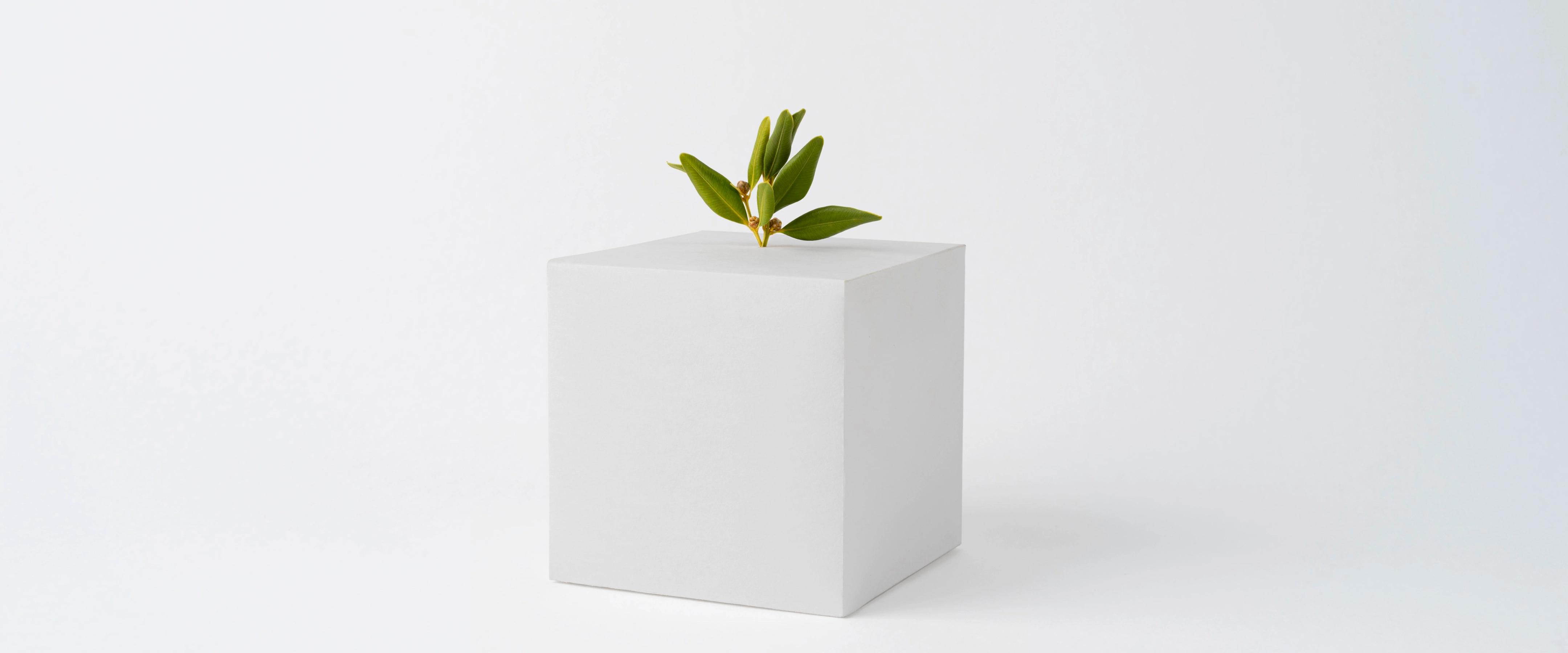Prompt Universe
Creating your AI prompt universe is a fancy way of saying that you need to establish the queries, topics, and terms you care about. When it comes to optimizing for anything, including AI search, you have to have clarity on what outcomes you are measuring.
Creating Your Brand’s Prompt Universe for GEO
Generative Engine Optimization (GEO) is shifting how brands think about visibility. Traditional SEO was about optimizing for keywords on static search engines. GEO is about being discoverable in dynamic, AI-driven conversations where buyers ask questions, describe problems, or compare solutions, and the model decides which brands to surface.
At the heart of GEO is a concept we call your prompt universe: the full range of questions, problem statements, comparisons, and scenarios where your brand deserves to be recommended. Building this universe is the foundation for everything else you’ll measure, track, and optimize.
Why Your Prompt Universe Matters
When a buyer asks an AI tool, “What’s the best way to run outbound email for a small team?” or “Brand X vs Brand Y pricing,” they’re not searching with tidy keywords, they’re describing contexts and needs. If your brand isn’t represented in that conversation space, you’re invisible.
Your prompt universe acts as a map of where you want to show up. Done well, it:
- Ensures you cover the full landscape of buyer intent (not just high-volume queries).
- Highlights gaps in your current content and positioning.
- Anchors your measurement framework — you can’t track visibility without first defining what matters.
How to Build Your Prompt Universe
The process starts by pulling together inputs from across your marketing, sales, and customer landscape. Think of it as triangulating buyer intent signals. Here are the key sources:
- Search Console Data
Your search console is a goldmine of how people are already finding you. Look for questions, long-tail queries, and branded vs. non-branded terms. This is your baseline for where you’re already discoverable. - Existing Citations & Mentions
Anywhere your brand is already referenced — review sites, analyst reports, community forums, or even Reddit threads — shows you the prompts where you’re organically surfacing. Map these to your universe so you can strengthen or expand them. - Competitor Brands
GEO isn’t just about standing alone — it’s about positioning against alternatives. Track prompts where competitors are being surfaced, like “Alternatives to [Competitor]” or “Best tools for [Use Case] under $X.” If you’re absent there, you’re leaving opportunity on the table. - Customer Conversations
Sales calls, support tickets, community discussions, and product feedback all reveal the language buyers actually use. Capture the exact phrasing — these become your most authentic prompts. - Deep Research
Layer in market research, industry reports, and LinkedIn thought leadership to anticipate emerging prompts. GEO rewards brands who show up early when new conversations form.
Structuring the Universe
Once you’ve gathered inputs, structure them around the buyer journey. A simple framework looks like this:
- Explore: Broad, top-funnel questions (e.g., “How do small teams scale outbound email?”).
- Evaluate: Comparative and solution-oriented queries (e.g., “[Brand] vs [Brand],” “Best tools for agencies under $100/month”).
- Decide: Bottom-funnel prompts tied directly to your offering (e.g., “[Your brand] pricing,” “[Your brand] API integration”).
This layered view ensures you’re not just optimizing for the obvious bottom-funnel prompts but shaping perception upstream as buyers explore and evaluate.
Turning the Universe Into Action
Here’s where the strategy meets execution:
- Prioritize
Not every prompt is equally valuable. Rank them based on relevance, buyer stage, competitive importance, and commercial value. - Create & Optimize Content
Build assets that align with these prompts — blog posts, comparison pages, solution guides, case studies, or thought leadership. Make sure they’re written in natural, conversational language AI engines can parse. - Track & Measure
Once your universe is defined, you can start tracking visibility across AI engines, citations, and mentions. GEO tools will let you measure things like share of recommendations, sentiment, and detection rate. - Iterate
Buyer conversations evolve. Your prompt universe isn’t static — revisit it quarterly to capture new prompts, competitor moves, and shifts in buyer language.
.png)



